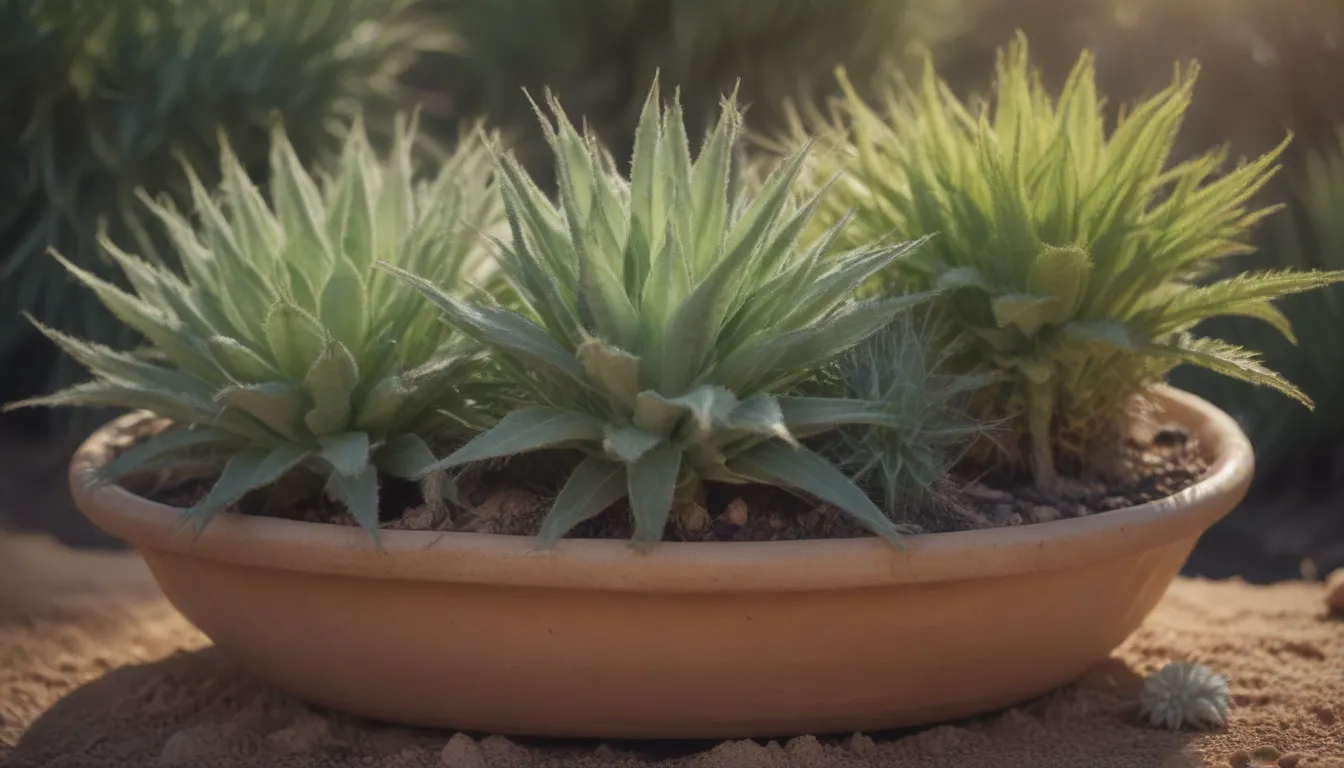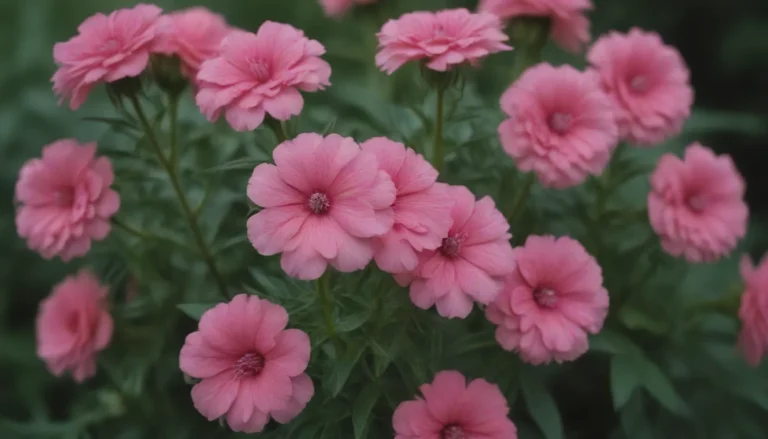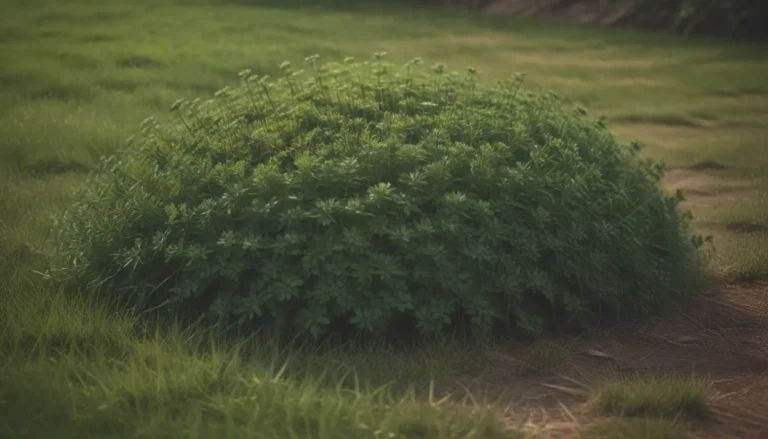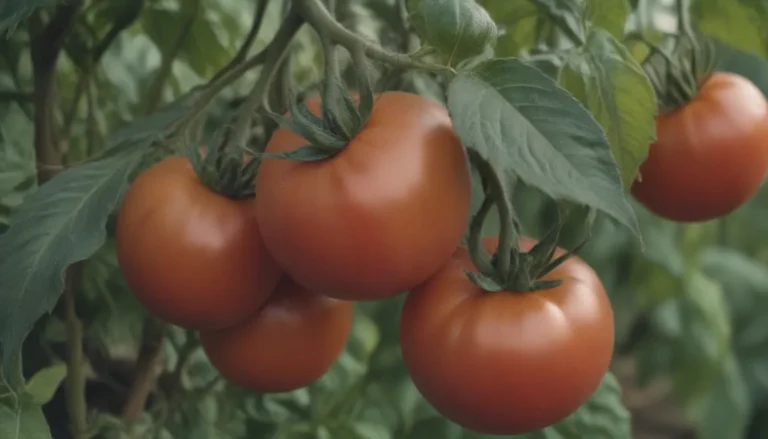Comprehensive Guide to Growing and Caring for Desert Spoon Plants

Are you looking to add a unique and resilient plant to your garden or landscape? Look no further than the desert spoon plant, a fascinating evergreen shrub native to the Chihuahuan desert in North America. In this in-depth guide, we’ll explore everything you need to know about growing and caring for desert spoon plants to ensure they thrive in your home or garden.
Getting to Know the Desert Spoon Plant
The desert spoon plant, closely related to the agave, boasts long, slender leaves with serrated edges in striking shades of blue to grayish-green. These leaves feature frizzy ends and reddish-brown margins, giving the plant a unique and eye-catching appearance. As the plant matures, it develops a large “skirt” of dead leaves covering the central stubby trunk.
One of the highlights of the desert spoon plant is its showy flowers, which typically bloom in late spring or early summer, attracting beneficial pollinators like bees, butterflies, and hummingbirds. With proper care and attention, your desert spoon plant can flourish and become a stunning focal point in your landscape.
Desert Spoon Care Tips
To ensure your desert spoon plant thrives and remains healthy, it’s essential to provide it with the right growing conditions and care. Here are some key care requirements to keep in mind:
Light
Like most succulents, desert spoon plants thrive in full sun, mimicking their natural desert habitat. Make sure your plant receives at least six hours of direct sunlight daily to promote healthy growth and vibrant foliage.
Soil
Plant your desert spoon in well-draining, porous soil such as loam or sand. Avoid sites near the ocean due to the plant’s low salt tolerance, and ensure the soil is adequately drained, especially in wet climates. Desert spoon plants are adaptable to a range of soil pH levels, thriving in mildly acidic, neutral, and mildly alkaline conditions.
Water
When newly planted, water your desert spoon plant regularly until it establishes itself. As winter approaches, reduce watering frequency to every two to four weeks, as the plant requires less moisture during cooler months. Avoid overhead watering near the crown to prevent root rot, and water the base of the plant instead. Once established, desert spoon plants are drought-tolerant.
Temperature and Humidity
Desert spoon plants are heat and drought-tolerant, thriving in hot, dry conditions. However, they are sensitive to frost and should not be exposed to temperatures below 50 degrees F for extended periods. High humidity levels can lead to fungal issues, so ensure proper air circulation around the plant to prevent problems.
Fertilizer
Unlike some plants, desert spoon plants do not require fertilizer to thrive. They can establish themselves and grow well without additional nutrients. However, you can apply a layer of compost around the base of the plant in spring for a nutrient boost.
Types of Desert Spoon Plants
While the desert spoon plant does not have known varieties or cultivars, there are two related species—Smooth-leaf sotol and Texas sotol—that you may consider adding to your collection.
Smooth-leaf Sotol
Texas Sotol
Pruning and Propagation Tips
Desert spoon plants generally require minimal pruning, but you can remove spent flower stalks and trim yellowed or dried leaves as needed. When handling the plant, be cautious of the spiny leaf edges and wear protective gloves to avoid injury.
Propagation can be challenging with desert spoon plants, as seeds are not readily available, and germination is slow and inconsistent. For better results, consider propagating vegetatively from a root cutting of a mature plant for successful propagation.
Potting, Repotting, and Overwintering
In regions outside its hardiness range, consider planting desert spoon in a container to allow for overwintering indoors. Choose a large container with adequate drainage holes and well-draining potting mix to ensure the plant’s health and vigor. Bring potted desert spoon plants indoors before the first fall frost to protect them from cold temperatures.
Common Pests and Diseases
While desert spoon plants are relatively pest and disease-resistant, excessive moisture can lead to fungal problems such as root rot. To prevent issues, ensure the plant’s soil is well-draining and provide proper air circulation to reduce humidity levels around the plant.
Encouraging Bloom and Aftercare
If you’re eager to see your desert spoon plant bloom, consider the following tips:
- Desert spoon plants typically bloom between May and August.
- Once the plant blooms, you can remove the flower stalk if desired.
- Flowers on desert spoon plants are clustered on tall, pole-like stalks, with different colors indicating the plant’s gender.
- While you cannot force the plant to bloom more frequently, providing optimal growing conditions can encourage healthy growth and flowering.
After blooming, you can remove the flower stalk to maintain the plant’s appearance. Desert spoon plants are known for their spoon-shaped leaves and adaptability to a variety of arid environments, making them a versatile and visually appealing addition to your garden or landscape.
Conclusion
In conclusion, growing and caring for desert spoon plants can be a rewarding experience for both novice and experienced gardeners. By providing the right growing conditions, watering sparingly, and ensuring adequate sunlight, you can enjoy the beauty and resilience of these unique succulents in your own home or garden. Whether you choose to plant them in the landscape or in containers, desert spoon plants are sure to make a stunning statement with their striking foliage and showy flowers. Happy gardening!





